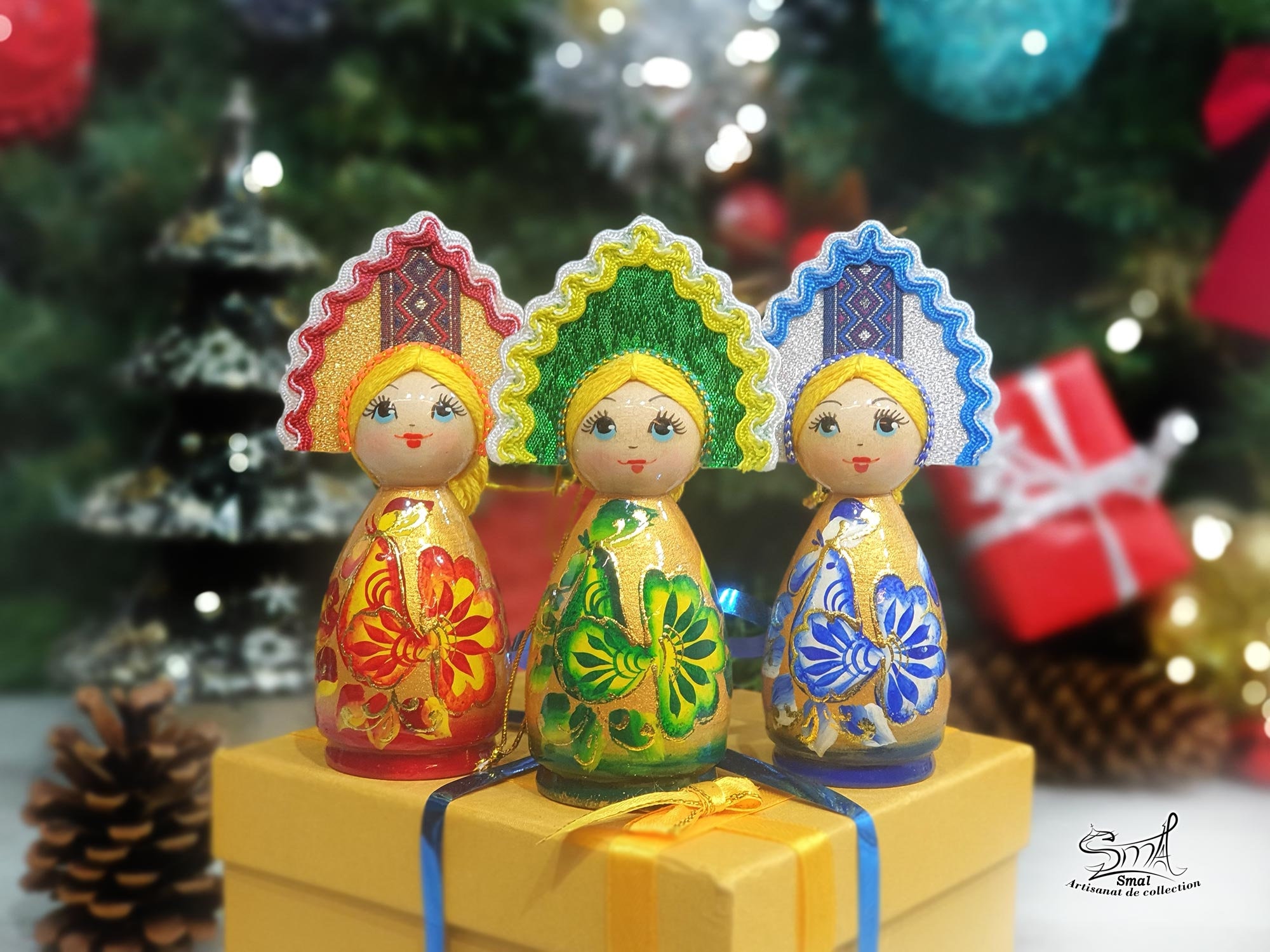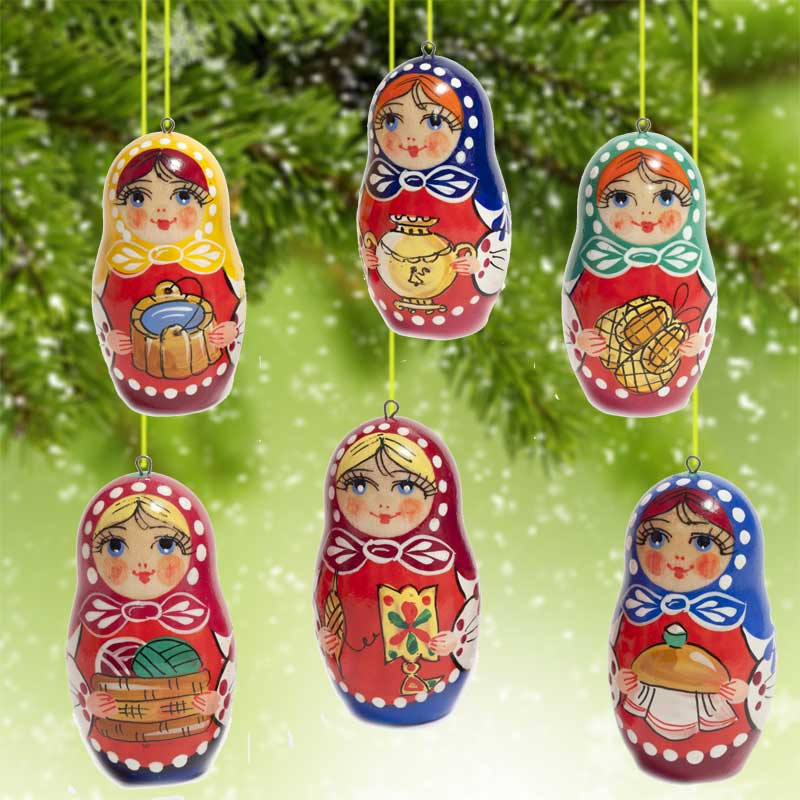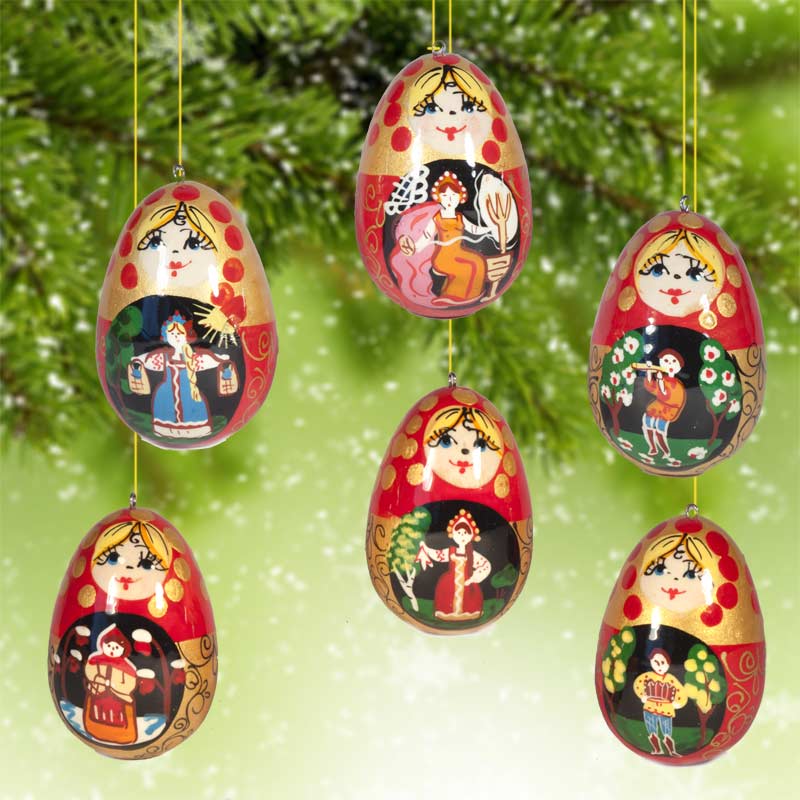Christmas is a season filled with magic, warmth, and a myriad of traditions that reflect the culture and history of each country. One such tradition is the enchanting way in which Russian households adorn their Christmas trees. In this article, we will journey through the history, significance, and diverse styles of Russian Christmas tree decorations. As someone who grew up celebrating New Year’s and Christmas in a Russian household, I bring personal insights into this beautiful tradition that transcends generations.
The Historical Roots of Christmas in Russia
Before diving into the decorations, it’s essential to understand the historical context of Christmas in Russia. While many countries celebrate Christmas on December 25th, Russia follows the Julian calendar, placing Christmas on January 7th. This difference in dates has shaped unique customs surrounding the holiday season.
Christmas vs. New Year Celebrations
In Russia, New Year’s Eve takes precedence over Christmas, with families gathering to celebrate the arrival of the New Year. This has led to a fascinating blend where New Year decorations double as Christmas ornaments.

| Aspect | Christmas | New Year’s |
|---|---|---|
| Date | January 7 | December 31 |
| Primary Focus | Religious Observance | Family Celebration |
| Common Decorations | Stars, Angels, Religious Icons | Snowflakes, Grandfather Frost, New Year Trees |
Types of Russian Christmas Tree Decorations

The decorations used on Russian Christmas trees reflect a rich cultural tapestry, combining traditional elements with modern flair. Here are some of the most popular types:
1. Handcrafted Glass Ornaments

One of the standout features of Russian Christmas trees is the exquisite hand-painted glass ornaments. These ornaments, often depicting scenes from folklore or nature, are crafted with intricate details and vibrant colors. The tradition dates back to the 18th century, when artisans began to create unique pieces for the aristocracy.
Pros and Cons of Glass Ornaments

- Pros: Stunning aesthetics, unique designs, and a rich history.
- Cons: Fragility and potential breakage.
2. Traditional Folk Art Decorations

Folk art plays a significant role in Russian culture, and this is reflected in the decorations used on Christmas trees. Items such as Matryoshka dolls (nesting dolls) and wooden figurines are often hung on trees, showcasing the vibrant patterns and colors synonymous with Russian art.
Classic Designs

The use of traditional designs like floral patterns and animals adds a touch of authenticity and nostalgia. These items often become treasured family heirlooms.
3. Grandfather Frost and Snow Maiden Figures

Similar to Santa Claus, Ded Moroz (Grandfather Frost) and his granddaughter, Snegurochka (Snow Maiden), are beloved symbols of the winter season. Decorative figures of these characters are a staple in Russian households during the festive season. They represent the spirit of giving and symbolize winter itself.
Collectible Items
Many families start collections of these figures, often passing them down through generations, thereby preserving the tradition.
4. Homemade Decorations
In many households, especially those with children, making homemade decorations is a cherished activity. Families often create ornaments from paper, felt, and even recycled materials, turning the decorating process into a fun bonding experience.
Advantages of DIY Ornaments
- Pros: Personal expression, cost-effective, and a fun family activity.
- Cons: May lack the polish of store-bought items.
Modern Trends in Russian Christmas Decorations
As times change, so do traditions. Modern Russian families are blending traditional decorations with contemporary styles, creating unique holiday displays.
1. Minimalist Aesthetics
Some families are adopting a minimalist approach, opting for fewer, more meaningful decorations that create a serene atmosphere. This trend reflects a growing global appreciation for simplicity and sustainability.
Key Elements of Minimalism
- Neutral color palettes
- Natural materials
- Open spaces
2. Technological Innovations
With the rise of technology, LED lights and interactive ornaments have become popular. Smart decorations that can be synchronized with music or controlled via smartphone apps are making their way into Russian homes, adding a touch of modern flair to traditional celebrations.
| Traditional Decoration | Modern Alternative |
|---|---|
| Handcrafted Glass Ornaments | Smart LED Ornaments |
| Folk Art Figures | Customizable Figurines |
Cultural Significance of Christmas Decorations
The act of decorating the Christmas tree is steeped in meaning for many Russian families. It serves as a symbol of hope and joy, bringing warmth during the cold winter months.
Family Traditions and Stories
Each ornament often comes with its own story, passed down from one generation to the next. From the glass ornaments gifted during a special Christmas to the handmade decorations crafted during a family gathering, these items serve as reminders of cherished memories.
Personal Reflection
Growing up, my family would gather around the tree, sharing stories of each ornament’s origin. The glass baubles, some dating back decades, held stories of love, resilience, and togetherness. It’s this sense of connection that makes Russian Christmas tree decorations so special.
DIY Russian Christmas Tree Decorations
If you’re inspired to add a touch of Russian tradition to your own Christmas tree, consider creating your own decorations. Here are some ideas to get you started!
Simple DIY Projects
- Paper Snowflakes: Simple to make and perfect for creating a winter wonderland.
- Felt Ornaments: Easy to sew and customize with your own designs.
- Pinecone Decorations: Collect pinecones, paint them, and hang them as rustic ornaments.
How to Make a Matryoshka Ornament
- Gather materials: wooden dolls, acrylic paint, and brushes.
- Paint your designs, focusing on traditional patterns.
- Let dry, then hang them on the tree!
Incorporating Russian Themes in Your Holiday Decor
For those who want to embrace the Russian spirit, here are some tips to incorporate these themes into your holiday decor.
Color Schemes and Themes
Consider using the iconic colors of Russia: red, blue, and white. These can be incorporated through ribbons, table settings, and even lighting.
Creating a Slavic-Inspired Holiday Table
Add rustic charm to your holiday table with traditional Russian dishes paired with decorative elements like embroidered tablecloths and hand-painted ceramics.
Frequently Asked Questions (FAQs)
What are traditional Russian Christmas tree decorations?
Traditional decorations include handcrafted glass ornaments, folk art figures, and symbols of Grandfather Frost and the Snow Maiden.
How does Russia celebrate Christmas?
Christmas in Russia is celebrated on January 7th, focusing on family gatherings and religious observances, often emphasizing New Year celebrations.
Can I make my own Russian decorations at home?
Yes! Simple DIY projects include paper decorations, felt ornaments, and themed crafts inspired by Russian art.
What colors are commonly used in Russian Christmas decorations?
The iconic colors are red, blue, and white, often reflecting the national flag and traditional motifs.
Conclusion: Celebrating the Spirit of Togetherness
The joy of Russian Christmas tree decorations lies not only in their beauty but in the stories and memories they represent. Whether you choose to embrace traditional items or incorporate modern touches, the essence of family and love remains at the heart of this cherished tradition. As you decorate your tree this holiday season, may you find inspiration in the rich cultural heritage and the warmth of togetherness that these decorations symbolize.